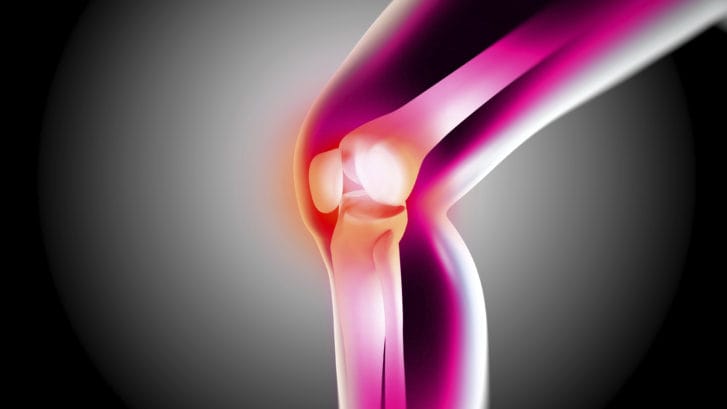Osteoarthritis
Osteoarthritis is the most common form of arthritis, affecting millions of people worldwide. It occurs when the protective cartilage on the ends of your bones wears down over time.
Although osteoarthritis can damage any joint in your body, the disorder most commonly affects joints in your hands, knees, hips and spine.
CAUSES
Osteoarthritis occurs when the cartilage that cushions the ends of bones in your joints gradually deteriorates. Cartilage is a firm, slippery tissue that permits nearly frictionless joint motion.
In osteoarthritis, the slick surface of the cartilage becomes rough. Eventually, if the cartilage wears down completely, you may be left with bone rubbing on bone.
Risk factors
Factors that may increase your risk of osteoarthritis include:
- Older age.The risk of osteoarthritis increases with age.
- Women are more likely to develop osteoarthritis, though it isn’t clear why.
- Carrying extra body weight contributes to osteoarthritis in several ways, and the more you weigh, the greater your risk. Increased weight puts added stress on weight-bearing joints, such as your hips and knees. In addition, fat tissue produces proteins that may cause harmful inflammation in and around your joints.
- Joint injuries.Injuries, such as those that occur when playing sports or from an accident, may increase the risk of osteoarthritis. Even injuries that occurred many years ago and seemingly healed can increase your risk of osteoarthritis.
- Certain occupations.If your job includes tasks that place repetitive stress on a particular joint, that joint may eventually develop osteoarthritis.
- Some people inherit a tendency to develop osteoarthritis.
- Bone deformities.Some people are born with malformed joints or defective cartilage, which can increase the risk of osteoarthritis.
SYMPTOMS
Osteoarthritis symptoms often develop slowly and worsen over time. Signs and symptoms of osteoarthritis include:
- Your joint may hurt during or after movement.
- Your joint may feel tender when you apply light pressure to it.
- Joint stiffness may be most noticeable when you wake up in the morning or after a period of inactivity.
- Loss of flexibility.You may not be able to move your joint through its full range of motion.
- Grating sensation.You may hear or feel a grating sensation when you use the joint.
- Bone spurs.These extra bits of bone, which feel like hard lumps, may form around the affected joint.
HOMOEOPATHIC TREATMENT
- Homeopathy is very efficient in managing symptoms of OSTEOARTHRITIS. It arrests the cartilage erosion at the earliest and rescues you from Osteoarthritis.
- Homeopathy is natural, safe and without any side-effects, and one can enjoy complete freedom from OSTEOARTHRITIS.
- It strengthens your bones and arrest progressof disease .

